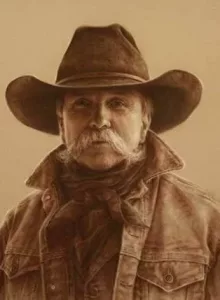 John Coleman, an Arizona-based sculptor, is one of the most prominent artists in western art. His paintings and sculptures have provided a deep insight into the vital aspect of the American past. Moreover, they are a combination of stunning visual detail with simplicity to give a realistic view.
John Coleman, an Arizona-based sculptor, is one of the most prominent artists in western art. His paintings and sculptures have provided a deep insight into the vital aspect of the American past. Moreover, they are a combination of stunning visual detail with simplicity to give a realistic view.
John Coleman’s artwork follows the path of Lewis, Clark, and George Catlin. And he recorded the historical significance of the culture long lost, much like them. This article brings you the biography of John Coleman, his awards and achievements, paintings, charcoal drawings, sculptures, and more.
Here are the main topics we’ll be considering:
John Coleman – The Cowboy Artist
John Coleman said: “I am fascinated how music can convey a mood without lyrics and have often thought sculpture lends itself to that idea. I have always loved history and mythology and feel they are the lyrics to my sculpture; the musical interpretation that engages the emotions. Just as music has a beginning, a middle, and an end, so does sculpture.”
Born in Southern California in 1949, John Coleman is a well-known sculptor and painter. John Coleman has a great love for history which flows through his art. Following the footpath of Bernini and Canova, John Coleman believes in mythology. An understanding of mythology and its influence on civilization is the anchor for spirituality. His idea of art is to put a physical face on a spiritual idea.
John Coleman is one of the highly regarded Western sculptors of recent times. But in the process, he had to overcome many obstacles to pursue his fine art career. He had undiagnosed dyslexia and attention deficit throughout his childhood.
John Coleman had a passion for art at a young age. He did his early art studies at the Art Center for Design in Los Angeles. Despite that, John went into real estate development with his wife, Sue. He put all his artistic dreams on hold and built a string of businesses in Prescott, Arizona. Later at the age of 43, he registered for sculpting classes at the Scottsdale Artists School. Thus he started to pursue his lifelong dream of being an artist.
The artist became a full-time sculptor in 1994 at the age of 44. Since then, he has immersed himself in the field of fine art. He is known for his ability to capture the complex emotions of every sculpture. At 70 years of age, he has been drawing, painting, and sculpting for more than 25 years now.
Awards and Achievements of John Coleman
“My favorite type of art is the kind that tells a story that is deeper than what you see on the surface. As an artist, I try to provoke the viewer’s imagination and participation into my sculpture, to get them to question what is going on.” – John Coleman.
Though John Coleman’s journey as an artist began in his middle age, he has many awards to his name. In addition to that, he has numerous awards, gold and silver medals from the CAA.
In 2001, John Coleman was voted into the prestigious Cowboy Artists of America. Later he served as the president of the organization and is also the Emeritus member. Apart from that, he was also voted into professional membership of the National Sculpture Society in 1999.
John Coleman got the Jackie Coles Buyers’ Choice Award at the Prix de West for his life-sized sculpture, The Healer. He was also the recipient was the Artist of Excellence Award by The Booth Museum in Cartersville. Furthermore, John is the Signature member of the California Art Club. He is also a fellow member of the National Sculpture Society. He also served on the board of The Phippen Museum and the Preservation Commission. Furthermore, he is the board member of The Granite Mountain Hotshot Memorial Partnership.
As a pinnacle of his art career, he held a demo at the first FACE event in Miami Beach, Florida. John Coleman always has been an ardent supporter of traditional art. As such, his work has been held in permanent collections in museums across the world. Few museums that maintain a permanent collection of John Coleman are:
John Coleman Artwork
“Creating an object means little to me unless I can portray an underlying emotion or analogy. Each piece tells a story in the three-dimensional, visual mythology written by my hands and spiritual imagination, somehow linking us to the past and bringing us to a greater understanding of our ancestors.” – John Coleman.
John Coleman CA is a multi-faceted artist adept in three mediums. They are oils, charcoal, and sculpting. According to the artist, he generally has six or seven works in progress every year. Till now, he introduces four to five new editions every year.
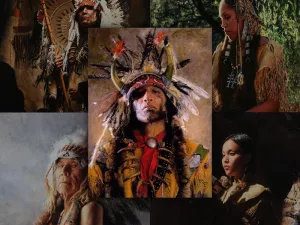 Oil Paintings
Oil Paintings
Though Coleman, John is a renowned bronze sculptor, he is also a painter. His oil paintings are a realistic depiction of the figures, much like his bronze.
Communion with the Tall People
The painting portrays a young woman seeking guidance from the Aspen trees.
Monarch of the Buffalo Nation
A limited-edition painting that depicts an old warrior or an elderly chief.
Holy Man of the Buffalo Nation
A painting that represents the Sioux Medicine Man of the Great Plains, circa 1870
Bronze Sculptures
John Coleman has the ability to capture the spirit and emotions of a culture long lost. Each bronze depicts the past (as close as it can be) and creates a link to the days gone by.
Here are some of the famous bronze sculptures by John Coleman:
The Healer
The mesmerizing bronze sculpture is representing a healer in action. It is currently on display at the Briscoe Western Art Museum.
The Game of Arrows
This bronze depicting a warrior with a bow and arrows won a gold medal and the Kieckhefer Best of Show Award.
Ghost Dancer
The bronze is a bust of a Native American woman. Ghost dance is a tradition born at the beginning of the reservation period. It was believed that following it protects the warriors.
Two Ravens
This bronze is a depiction of Crow Chief Pariskaroopa. He is displayed as wearing his ceremonial Raven headdress.
Honeymoon at Crow Fair
This bronze portrays a newlywed couple participating in the annual Crow Fair Parade.
Glories Past
The painting depicts an old warrior reflecting on his victories of the glories past.
Charcoal Drawings
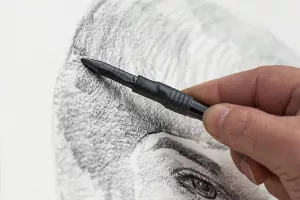 Before taking the world away by storm, John Coleman started his career with charcoal. He still appreciates the art form and has a collection of figurative drawings. You can see them alongside his sculptures and oils. Here are a few charcoal drawings as mentioned in his portfolio:
Before taking the world away by storm, John Coleman started his career with charcoal. He still appreciates the art form and has a collection of figurative drawings. You can see them alongside his sculptures and oils. Here are a few charcoal drawings as mentioned in his portfolio:
- The Oracle
- Wild Horses
- Powwow with the Little People
- The Oracle II
- Sun Priest
- Sunrise Dance
- Aspen at the Powwow
- Night Hawk
Generally, they follow a specific theme and complement the other sculptures.
Bodmer-Catlin Series
The Bodmer-Catlin series is a line of sculptures that pay tribute to the explorer artists Karl Bodmer and George Catlin. The sculptures are a three-dimensional interpretation of the paintings by Bodmer and Catlin.
The first in the line is a life-size sculpture of “Addih-Hiddisch, Hidatsa Chief” as painted by Karl Bodmer (1809–1893). It won a gold medal in the Cowboy Artists of America show. The same bronze sculpture also won the Kieckhefer Award for Best of Show in 2004. It is currently in the permanent collection of the Phoenix Art Museum.
Other bronze sculptures from the series include:
- Hisoosanchees, Little Spaniard
- Keokuk, Sac, and Fox Chief
- Mato-Tope, Four Bears
- Pachtuwa-Chta, Arikara Warrior
- Pariskaroopa, Two Crows
- Pasheepaho, Little Stabbing Chief
- Pitatapiu, Bowlance Warrior
- Wahktageli, Big Soldier
- Wunnestow, The White Buffalo
The series includes ten standing figures and a document of several tribes. If not for John Coleman, Karl Bodmer, and George Catlin, we would not have records of these tribes.
Conclusion
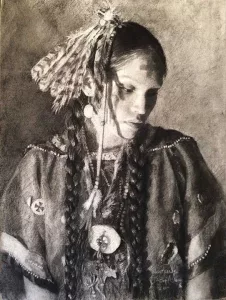 John Coleman is one of the leading artists representing the mythology and history of western subjects. He works in diverse disciplines creating bronze sculptures, oil paintings, and charcoal drawings. His style of capturing the emotions and the nuances in each sculpture is like none other.
John Coleman is one of the leading artists representing the mythology and history of western subjects. He works in diverse disciplines creating bronze sculptures, oil paintings, and charcoal drawings. His style of capturing the emotions and the nuances in each sculpture is like none other.
John starts every sculpture with clay. Then, he molds it and carves with his tools giving it life. Rather than being an artist, he sees himself as a communicator or a messenger.
John Coleman’s artworks are sold at auctions in top galleries. You can also see them in a few museums across the world.
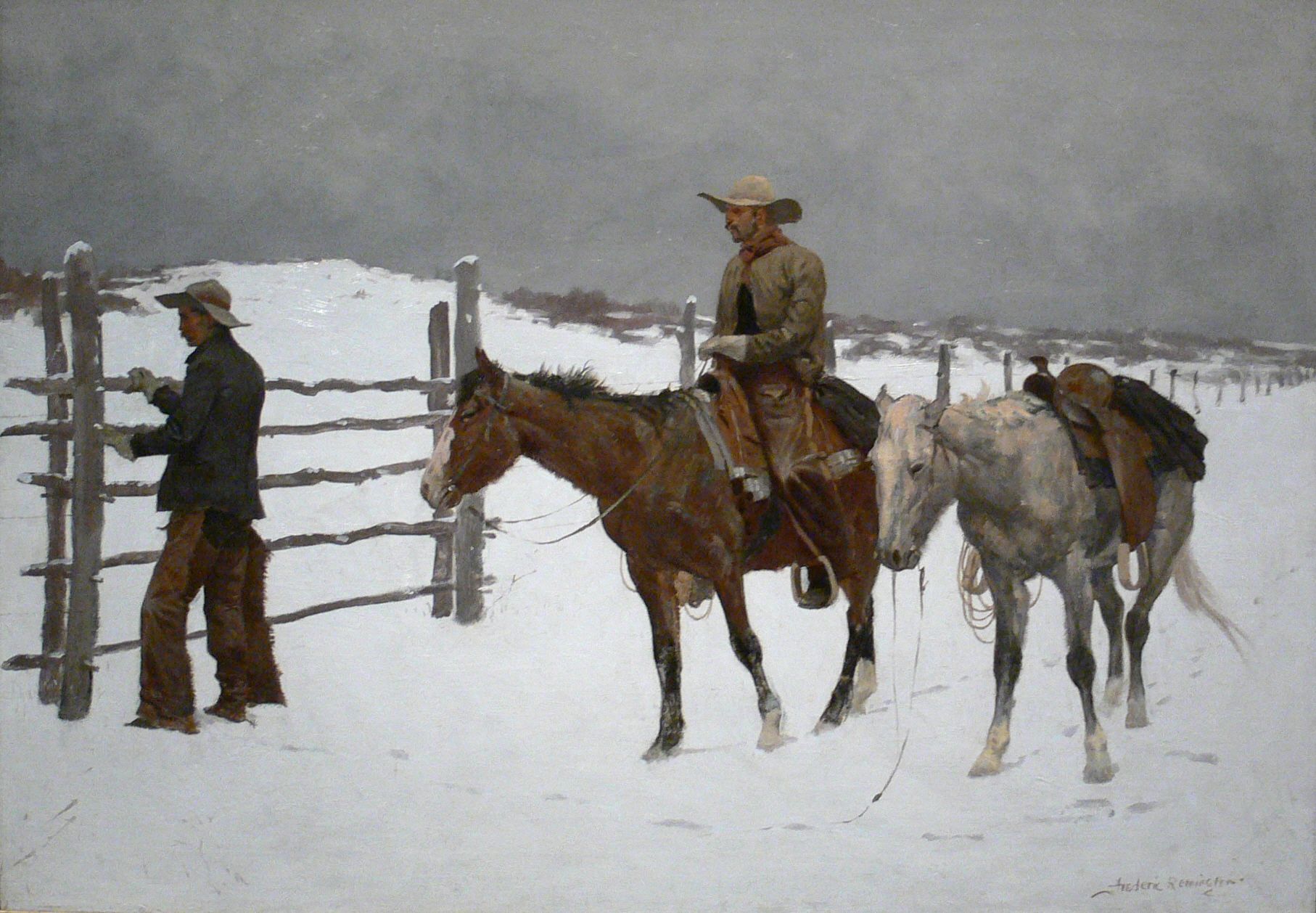

 Oil Paintings
Oil Paintings
 John Coleman is one of the leading artists representing the mythology and history of western subjects. He works in diverse disciplines creating bronze sculptures, oil paintings, and charcoal drawings. His style of capturing the emotions and the nuances in each sculpture is like none other.
John Coleman is one of the leading artists representing the mythology and history of western subjects. He works in diverse disciplines creating bronze sculptures, oil paintings, and charcoal drawings. His style of capturing the emotions and the nuances in each sculpture is like none other.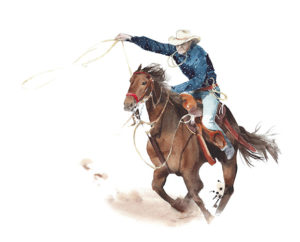 Some of the trending art right now are cowboy paintings, rodeo paintings, and generally, the art of the west. The adventurous spirit of the western genre has attracted one too many.
Some of the trending art right now are cowboy paintings, rodeo paintings, and generally, the art of the west. The adventurous spirit of the western genre has attracted one too many.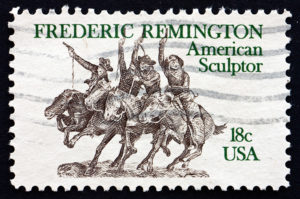 Frederic Remington
Frederic Remington Fine Art Publishing
Fine Art Publishing